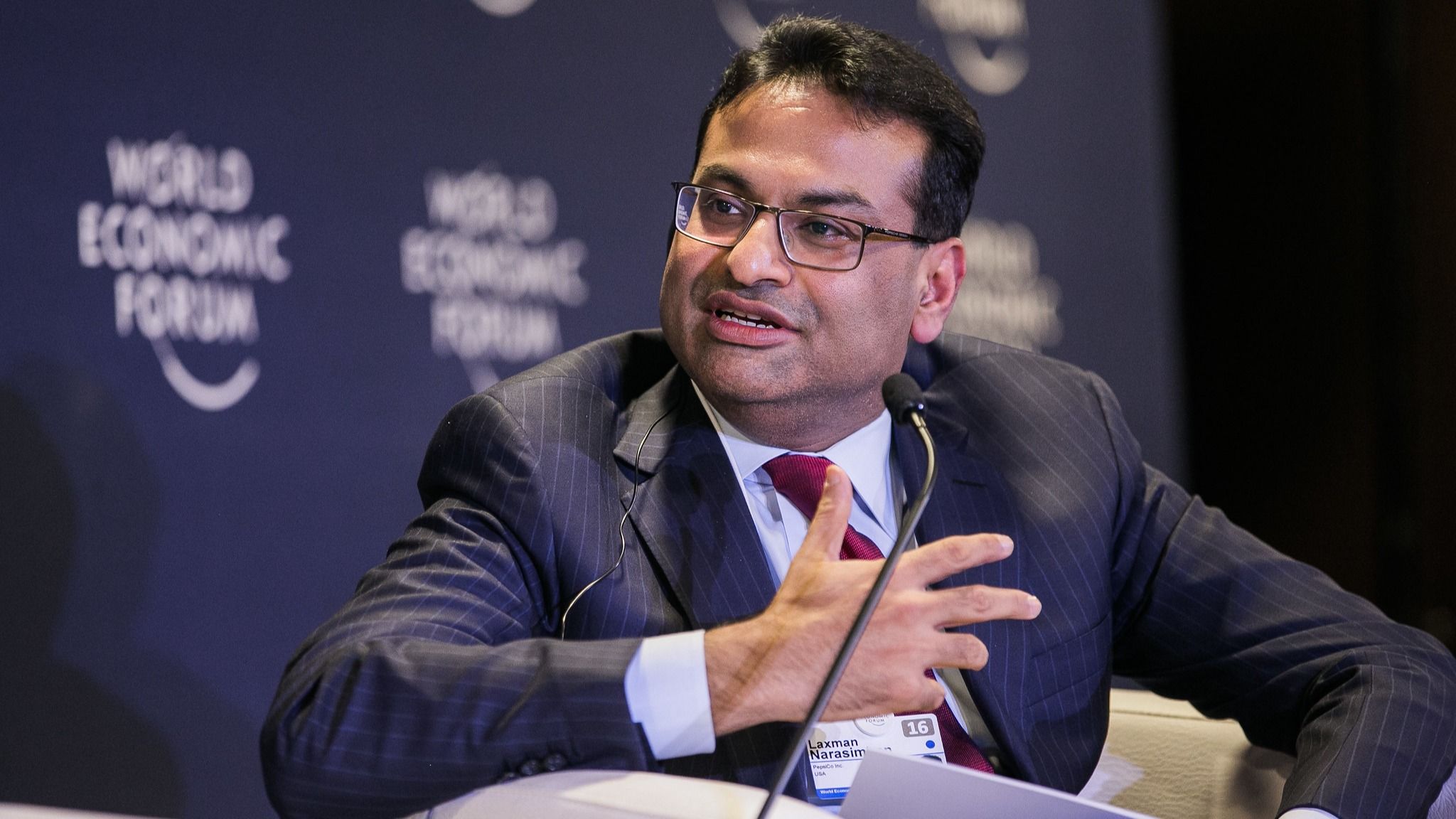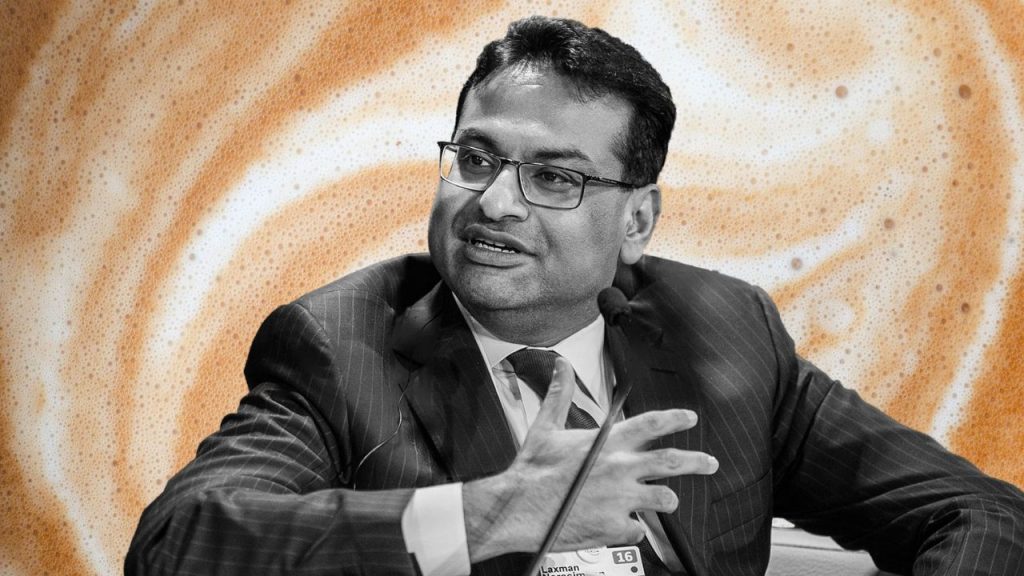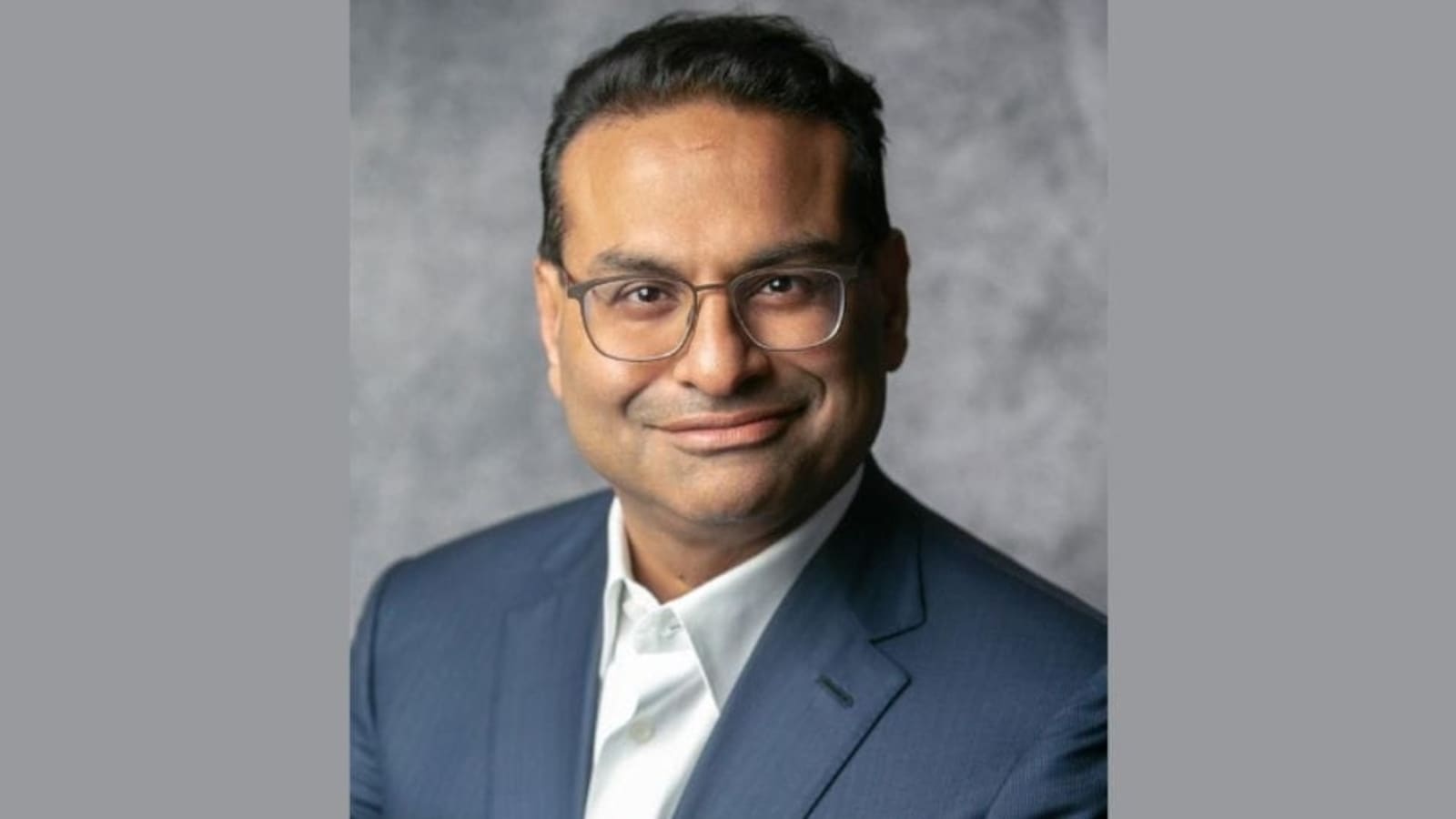Laxman Narasimhan’s Career Trajectory

Laxman Narasimhan’s career path exemplifies a remarkable journey through diverse industries, showcasing his adaptability and strategic leadership acumen. From his early days in the consumer goods sector to his current role as CEO of Starbucks, his career trajectory has been marked by significant achievements and a consistent drive for innovation and growth.
Key Positions and Notable Achievements, Laxman narasimhan
Laxman Narasimhan’s career progression demonstrates a consistent pattern of taking on increasingly challenging roles and delivering impactful results. Here’s a timeline of his key positions and notable achievements:
- 1999-2004: PepsiCo: Narasimhan began his career at PepsiCo, holding various positions in marketing, sales, and strategy. He gained valuable experience in the fast-moving consumer goods (FMCG) industry, building a foundation for his future leadership roles. He rose through the ranks, eventually becoming Vice President of Marketing for PepsiCo’s North American Beverages business.
- 2005-2012: Reckitt Benckiser: Narasimhan joined Reckitt Benckiser, a global consumer goods company, as Global President of the Health and Nutrition division. He spearheaded the growth of key brands like Durex, Scholl, and Clearasil, demonstrating his ability to navigate complex global markets. His leadership contributed to significant revenue growth and market share expansion for the division.
- 2012-2019: PepsiCo: Narasimhan returned to PepsiCo as Chief Commercial Officer, overseeing global marketing, sales, and innovation. He spearheaded the company’s digital transformation and played a pivotal role in expanding its presence in emerging markets. This period marked a significant shift in his leadership style, focusing on data-driven decision-making and agile innovation.
- 2019-2022: Nestlé: Narasimhan took on the role of CEO of Nestlé, the world’s largest food and beverage company. He focused on transforming the company’s portfolio, investing in emerging categories like plant-based foods and pet care, and prioritizing sustainability. His leadership resulted in a renewed focus on innovation and digitalization, driving Nestlé’s growth in a rapidly evolving market.
- 2022-Present: Starbucks: Narasimhan joined Starbucks as CEO, bringing his experience in consumer goods, digital transformation, and global leadership to the coffee giant. He aims to build upon Starbucks’ legacy while adapting to changing consumer preferences and the evolving landscape of the coffee industry. His focus on enhancing the customer experience, strengthening the brand, and driving innovation promises to shape Starbucks’ future.
Evolution of Leadership Style and Strategic Thinking
Laxman Narasimhan’s leadership style has evolved over time, adapting to the specific challenges and opportunities presented by each industry he has worked in. He has demonstrated a consistent commitment to data-driven decision-making, a focus on innovation, and a deep understanding of consumer behavior.
- Early Career: In his early career at PepsiCo and Reckitt Benckiser, Narasimhan focused on building strong brands and driving sales growth through traditional marketing and sales strategies. His approach was characterized by a deep understanding of consumer needs and a commitment to delivering high-quality products.
- Mid-Career: His time at PepsiCo in the mid-2010s marked a shift towards digital transformation and innovation. Narasimhan recognized the power of data and analytics to inform marketing and sales strategies. He embraced digital platforms and technologies to connect with consumers and drive engagement.
- Later Career: At Nestlé and now at Starbucks, Narasimhan has further refined his leadership style, emphasizing sustainability, innovation, and a focus on long-term value creation. He has a strong commitment to ethical sourcing, responsible production practices, and building a more sustainable future. His strategic thinking has also evolved to embrace the complexities of the global market and the changing consumer landscape.
Management Approaches Across Industries
Laxman Narasimhan’s approach to managing organizations has been shaped by his experiences in different sectors, particularly the consumer goods and pharmaceutical industries.
- Consumer Goods: In the consumer goods industry, Narasimhan has focused on building strong brands, understanding consumer preferences, and driving sales growth through effective marketing and distribution strategies. His experience at PepsiCo and Reckitt Benckiser honed his skills in developing compelling brand narratives, leveraging data analytics to optimize marketing campaigns, and managing complex supply chains.
- Pharmaceuticals: While not directly working in the pharmaceutical industry, Narasimhan’s experience at Nestlé exposed him to the complexities of managing a global portfolio of products and brands that impact health and well-being. His approach to sustainability and responsible production aligns with the values and ethical considerations that are crucial in the pharmaceutical sector.
Leadership at Starbucks

Laxman Narasimhan’s tenure as CEO of Starbucks has been marked by a strategic focus on revitalizing the company’s growth and brand image. He inherited a company facing several challenges, including slowing growth, increasing competition, and evolving consumer preferences. Narasimhan’s leadership has been characterized by a combination of innovation, customer-centricity, and operational efficiency.
Key Challenges Faced by Narasimhan
Narasimhan’s leadership at Starbucks was met with a series of challenges that required immediate attention and strategic responses. These challenges included:
- Slowing Growth: Starbucks faced a slowdown in its growth trajectory, particularly in its core US market. This was attributed to factors such as saturation, increased competition, and evolving consumer preferences. Narasimhan needed to find ways to reignite growth and expand into new markets.
- Increasing Competition: The coffee industry was becoming increasingly competitive, with new players entering the market and established brands vying for market share. Narasimhan had to navigate this competitive landscape and differentiate Starbucks from its rivals.
- Evolving Consumer Preferences: Consumer preferences were changing rapidly, with a growing emphasis on health, sustainability, and personalization. Starbucks needed to adapt its offerings and operations to meet these evolving demands.
- Operational Inefficiencies: Starbucks had been facing some operational inefficiencies, particularly in its supply chain and store operations. Narasimhan needed to streamline these processes and improve efficiency to enhance profitability.
- Employee Relations: Starbucks had faced challenges with employee relations, including concerns about wages, working conditions, and unionization efforts. Narasimhan needed to address these concerns and create a more positive work environment.
Strategic Initiatives Implemented by Narasimhan
To address these challenges, Narasimhan implemented a series of strategic initiatives aimed at revitalizing Starbucks’ growth and brand image. These initiatives included:
- Focus on Customer Experience: Narasimhan prioritized enhancing the customer experience by investing in store renovations, improving customer service, and introducing new products and services. This included the introduction of personalized recommendations and mobile ordering options.
- Expansion into New Markets: Starbucks continued to expand its global footprint, particularly in emerging markets with high growth potential. This involved opening new stores in key locations and adapting its offerings to local tastes and preferences.
- Digital Transformation: Narasimhan recognized the importance of digital transformation and invested heavily in technology to enhance the customer experience, improve operational efficiency, and strengthen brand engagement. This included developing mobile ordering apps, loyalty programs, and data analytics capabilities.
- Sustainability Initiatives: Starbucks made significant strides in sustainability, setting ambitious goals for reducing its environmental impact and promoting ethical sourcing practices. This included commitments to reducing carbon emissions, using sustainable packaging, and supporting coffee farmers.
- Employee Empowerment: Narasimhan prioritized employee empowerment by investing in training and development programs, increasing wages, and improving working conditions. This aimed to create a more engaged and motivated workforce.
Impact of Narasimhan’s Leadership
Narasimhan’s leadership has had a significant impact on Starbucks’ financial performance and customer satisfaction.
- Financial Performance: Starbucks has consistently delivered strong financial performance under Narasimhan’s leadership, with revenue and profit growth exceeding industry averages. This can be attributed to the strategic initiatives implemented, which have driven increased sales, improved operational efficiency, and enhanced brand value.
- Customer Satisfaction: Customer satisfaction has also improved under Narasimhan’s leadership, with Starbucks consistently ranking among the top brands in customer satisfaction surveys. This is a result of the focus on enhancing the customer experience, introducing new products and services, and creating a more personalized and engaging brand experience.
Global Perspective and Future Plans: Laxman Narasimhan

Laxman Narasimhan’s leadership at Starbucks is marked by a strong emphasis on global expansion and market diversification. His vision for the company encompasses a strategic approach to navigating emerging trends in the coffee industry, including sustainability and technological advancements. This section explores Narasimhan’s plans for Starbucks’ global growth, his strategies for addressing industry challenges, and potential opportunities for the company under his leadership.
Global Expansion and Market Diversification
Narasimhan’s global vision for Starbucks involves expanding the company’s presence in new markets while simultaneously strengthening its position in existing ones. He recognizes the potential of emerging markets, particularly in Asia and Africa, where coffee consumption is on the rise. Starbucks’ strategy involves tailoring its offerings to local preferences and cultural nuances, while also promoting its core values of sustainability and community engagement. This approach aims to ensure long-term success in diverse markets by establishing a strong brand presence and building meaningful connections with customers.
Addressing Emerging Trends in the Coffee Industry
Narasimhan understands the importance of staying ahead of emerging trends in the coffee industry. He recognizes the growing consumer demand for sustainable and ethically sourced coffee, and Starbucks has already made significant strides in this area. The company has committed to sourcing 100% ethically sourced coffee by 2025 and is actively working to reduce its environmental impact. Furthermore, Narasimhan recognizes the transformative potential of technology in the coffee industry. Starbucks is investing in digital innovation, including mobile ordering, personalized recommendations, and advanced brewing technologies. This focus on technology allows the company to enhance customer experience, optimize operations, and stay competitive in an evolving market.
Challenges and Opportunities for Starbucks
While Starbucks faces challenges in the global market, including competition from local coffee chains and rising input costs, Narasimhan’s leadership presents several opportunities for the company. His experience in global markets and his focus on innovation and sustainability position Starbucks to navigate these challenges effectively. The company’s commitment to sustainability aligns with growing consumer preferences for ethical and responsible brands. Starbucks’ investment in technology, particularly in mobile ordering and personalized experiences, provides a competitive edge in the digital age. Narasimhan’s leadership is expected to drive further innovation and growth for Starbucks, enabling the company to thrive in the global coffee market.
Laxman Narasimhan, the name might ring a bell if you’re a coffee enthusiast. He’s the man at the helm of the coffee giant, leading starbucks ceo laxman narasimhan through a period of growth and innovation. Narasimhan’s career path has been a mix of strategic roles in the beverage and consumer goods industry, making him a seasoned leader in the world of global brands.
From his days at PepsiCo to his recent stint as CEO of a global healthcare giant, Laxman Narasimhan has always been a force to be reckoned with. Now, he’s taking on a new challenge, leading the iconic coffee chain Starbucks laxman narasimhan.
With his track record of success and innovative approach, it’s safe to say that Laxman Narasimhan is ready to brew up a new era for Starbucks.